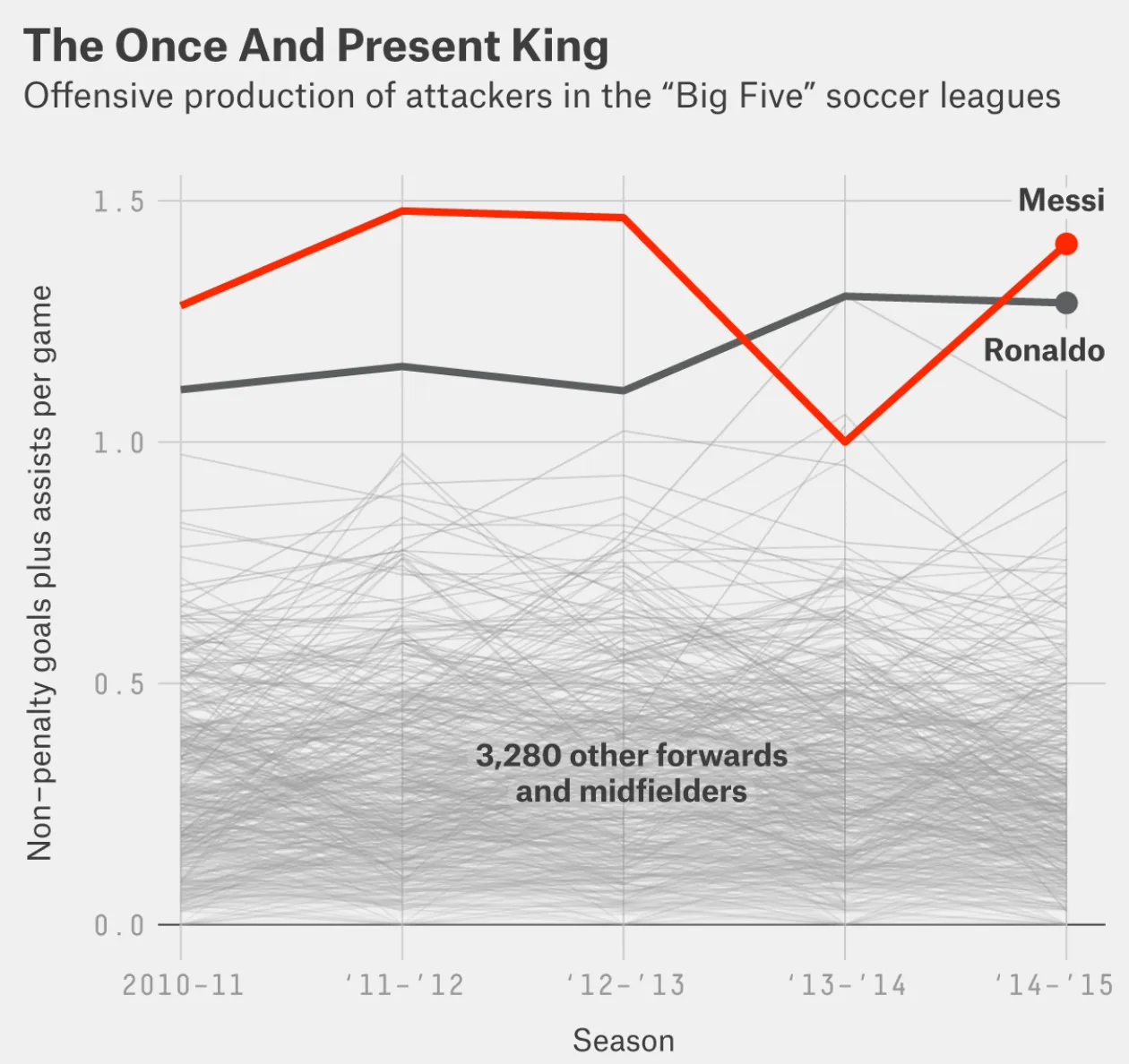July 16, 2025
Oversimplifying social challenges is tempting.
It gives us the illusion of certainty, of fast progress, of ease. When there’s political pressure, it feels like the only option. That pressure often pushes us to:
Unfortunately, complexity can’t be made simple, it can only remain hidden. When we try to oversimplify it, we usually come up with solutions that create new problems.
We’d achieve more by seeking clarity over simplicity.
True clarity comes from understanding complexity, not denying it.

Here’s what clarity looks like when's simplicity isn’t an option.
Taking time to understand and communicate complexity upfront builds real efficiency down the line.

Data visualization reveals the difference between simplicity and clarity—and this graph with 3,282 lines proves it. It’s not the number of lines, it’s how they’re organized and interpreted that makes it readable.
“There are 3,282 lines on the graph—is that uncomplicated? It’s clearly easy to see in the graph how much better Messi and Ronaldo are than the rest of the 3,280 forwards and midfielders over this five-year period.(…) In short, I’m not sure that simplicity is what we should be striving for in our data work. I wouldn’t call the FiveThirtyEight graph “simple,” but I would say that it is “clear.” — PolicyViz, Simplicity vs. Clarity

Working in complex environments means dealing with moving parts that interact in unpredictable ways. You can’t know exactly what will happen, but you can know what’s likely to happen.
That’s the power of probabilistic thinking: instead of betting on a single outcome, you prepare for a range of possibilities. In policy work, this means piloting solutions, stress-testing options, and planning for multiple future states.
“Probabilistic thinking requires managers to abandon deterministic mind-sets and accept that outcomes are uncertain and will continue to be so. In complex environments, it is impossible to predict exactly what will happen, but it is possible to measure the likelihood of various outcomes and prepare for them accordingly.”—Learning to Live with Complexity, HBR

Where in your work might oversimplification be creating hidden risks or costs?
What nuance are you losing under pressure to move fast?

“The key is not to simplify complexity, but to build the capacity to navigate it.”
– Gökçe Sargut & Rita Gunther McGrath